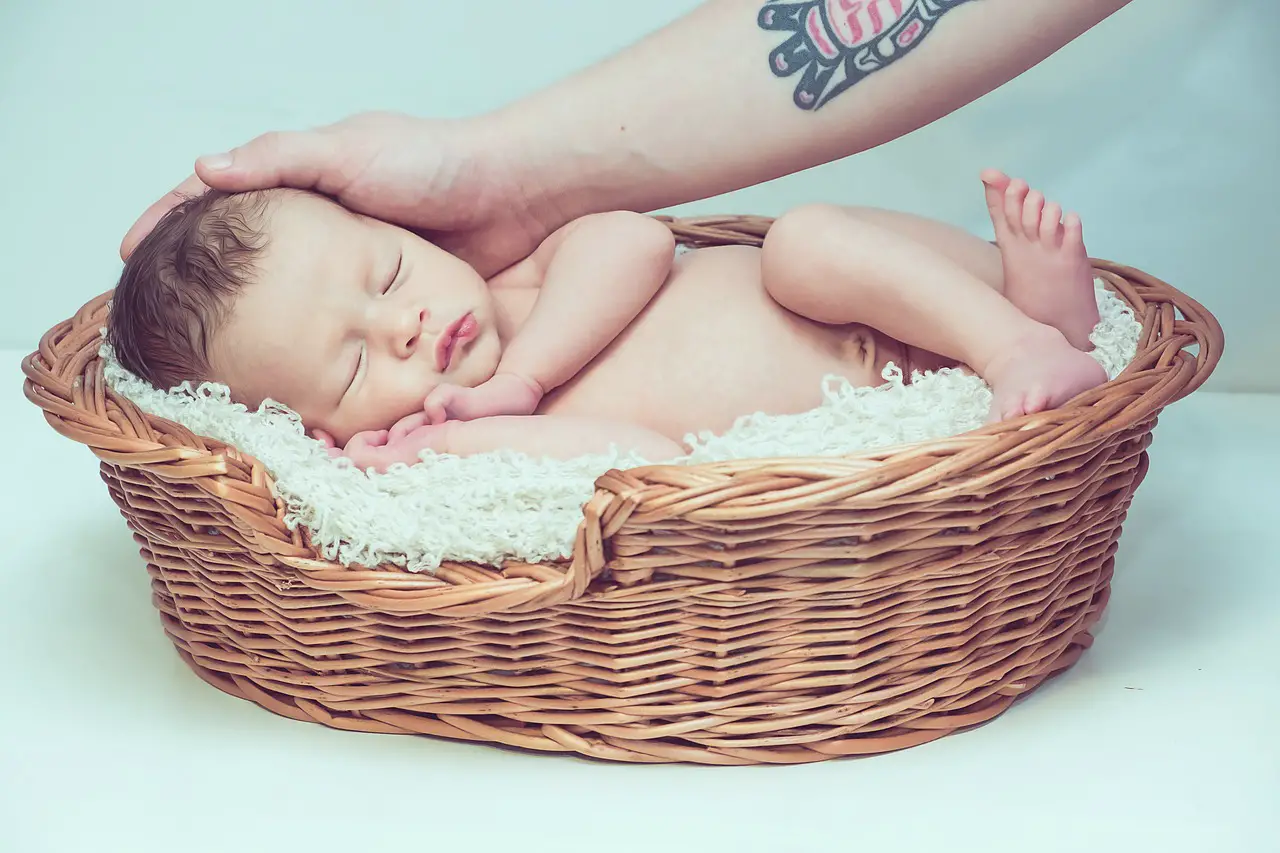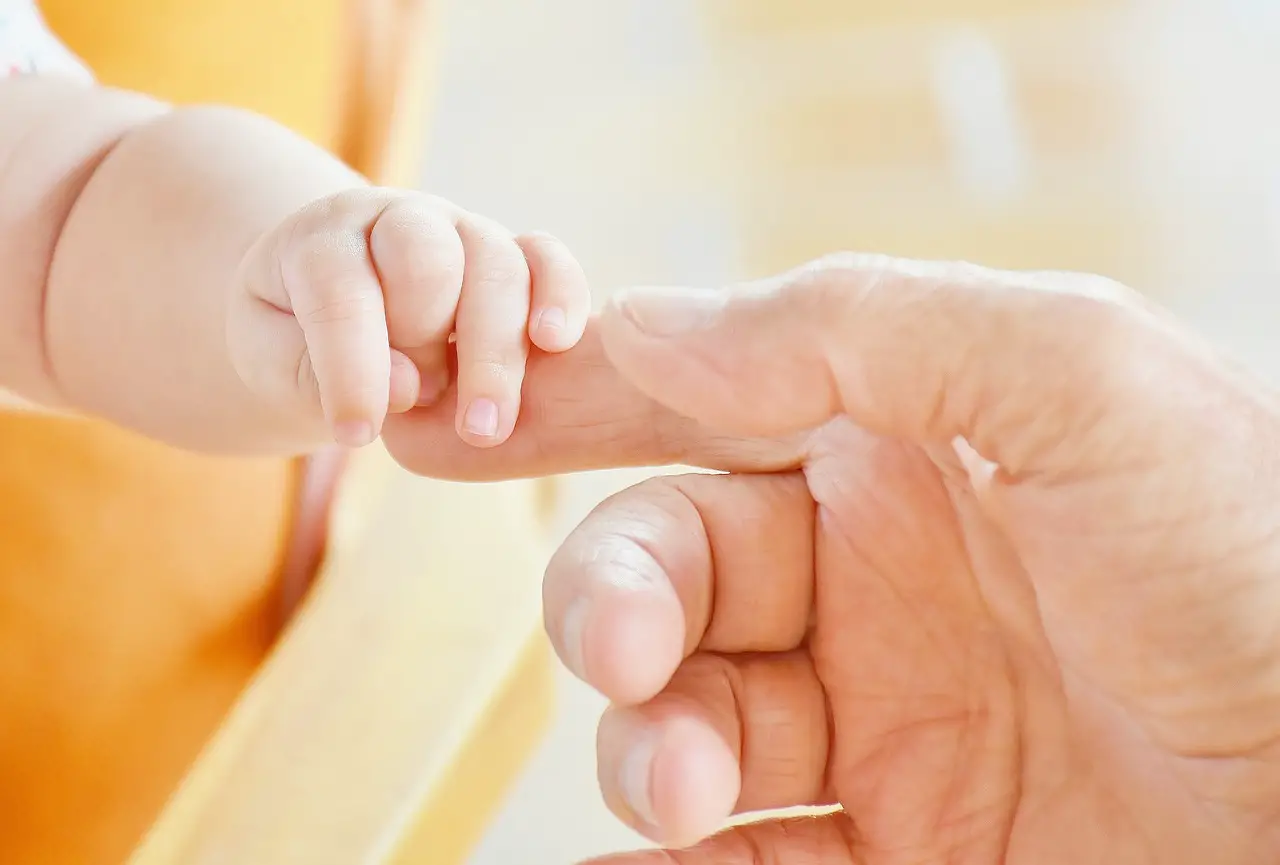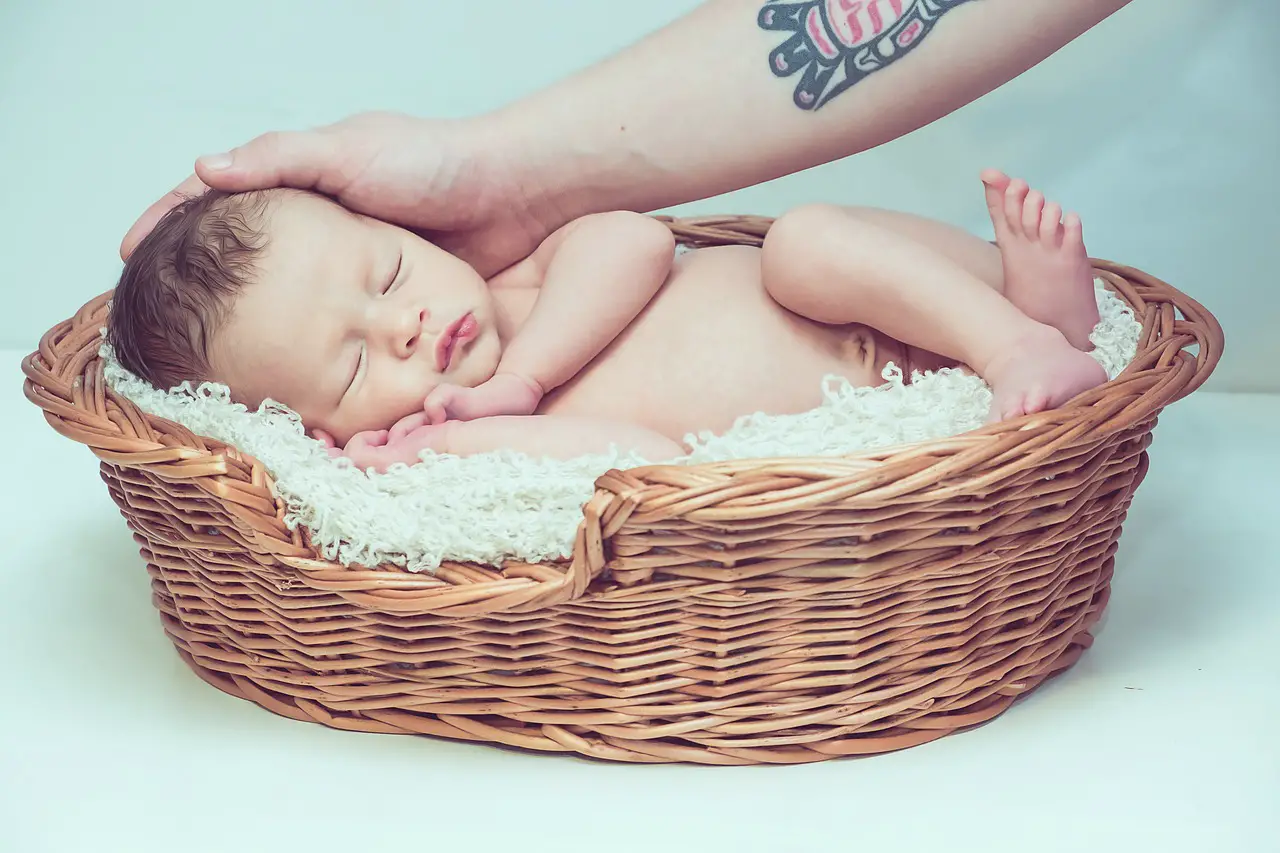Whether you’re a new parent or a seasoned one, playing with your 6-month-old baby can be a truly delightful experience. At this age, babies are beginning to explore their surroundings and develop new skills, making playtime an important opportunity for their growth and development. But with so many toys and activities to choose from, it can be overwhelming to figure out where to start. In this article, we’ll provide you with helpful tips and ideas on how to engage and entertain your 6-month-old, creating precious moments of fun and learning together. So sit back, relax, and get ready to embark on a wonderful journey of play with your little one!
Setting the Stage for Playtime
Creating a Safe Environment
When it comes to playtime with your 6-month-old baby, it’s crucial to create a safe environment. Make sure the space is free of any potential hazards such as small objects that could be swallowed or sharp edges. Baby-proofing the area can help you relax and focus on having fun together. Ensure that any furniture or bookshelves are securely anchored to the walls to prevent tipping. Keep electrical cords out of reach and cover electrical outlets with safety plugs. By taking these precautions, you can provide a secure and worry-free space for your little one to explore.
Choosing the Right Time
Timing is everything when it comes to playtime with your 6-month-old. Babies have their own natural rhythms, so choose a time when your baby is well-rested and content. Avoid engaging in play immediately after feeding or when your baby is tired or fussy. A relaxed and alert state will make playtime more enjoyable for both of you. Pay attention to your baby’s cues, such as eye contact, smiles, and coos, to assess their readiness for play.
Ensuring Baby’s Comfort
Before starting playtime, ensure that your baby is comfortable. Make sure they have a clean diaper, are well-fed, and dressed in appropriate clothing for the temperature. Your baby’s comfort will enhance their ability to fully engage in play and enjoy the experience. Adjust the level of stimulation based on your baby’s responses. If they seem overwhelmed, try reducing the noise level or simplifying the activity. On the other hand, if they seem engaged and happy, feel free to increase the complexity of the play.
Exploring Tactile Sensations
Introducing Different Textures
Babies at this age are fascinated by different textures. Offer them a variety of tactile experiences by introducing different fabrics, surfaces, and objects. You can use soft blankets, textured toys, or even household items like a wooden spoon or sponge. Encourage your baby to touch, feel, and explore these different textures. This will not only stimulate their sense of touch but also enhance their cognitive and sensory development.
Playing with Soft Toys
Soft toys are perfect for engaging your baby’s senses. Choose toys with different textures, colors, and sounds. Plush animals, fabric balls, or rattles are great options. Allow your baby to hold, squeeze, and explore these toys. You can also animate the toys by making gentle movements or funny noises, capturing their attention and making playtime more enjoyable.
Sensory Bags and Baskets
Sensory bags and baskets are wonderful tools for sensory exploration. Fill a Ziploc bag with baby-safe items such as rice, pasta, or hair gel. Seal the bag tightly and let your baby squish and explore the different textures within. You can also create a sensory basket filled with items like a soft brush, crinkly paper, or a textured teether. These activities will not only provide tactile stimulation but also foster your baby’s hand-eye coordination and fine motor skills.
Engaging Baby’s Senses
Using Musical Toys and Instruments
Music has a powerful effect on babies’ developing brains. Incorporate musical toys and instruments into playtime to engage your baby’s auditory senses. Sing songs, play lullabies, or use musical toys that produce different sounds. Encourage your baby to shake a rattle or bang on a drum. These activities will not only stimulate their hearing but also encourage their coordination and rhythm.
Exploring Visual Stimuli
At 6 months old, your baby’s vision has greatly improved, and they are fascinated by colorful and visually stimulating objects. Hang a mobile above their crib or playpen, or use brightly colored toys during playtime. You can also try using a mirror to introduce self-recognition. These visual stimuli will capture your baby’s attention and promote their visual development.
Introducing Different Smells
Scent can also be a powerful sensory experience for babies. Introduce your baby to different smells during playtime. You can use scented lotions, flowers, or spices. Allow them to sniff and explore these scents, which can help stimulate their olfactory senses and create positive associations between certain smells and emotions. However, ensure that the scents are mild and not overpowering, as babies have more sensitive noses than adults.
Encouraging Cognitive Development
Reading Books
Reading is a fantastic way to promote cognitive development in babies. Choose age-appropriate board books with vibrant pictures and simple, repetitive text. Sit close to your baby and allow them to touch and explore the book as you read aloud. Point to and name objects in the pictures, fostering their language acquisition and object recognition skills. This activity also helps develop their attention span and memory.
Playing Peek-a-Boo
Peek-a-boo is not just a fun game; it’s also beneficial for your baby’s cognitive development. At this age, your baby is developing object permanence, understanding that things still exist even when they can’t be seen. Engage in peek-a-boo by hiding your face behind your hands or a blanket and then revealing yourself with a smile or a playful sound. This simple game teaches your baby about cause and effect, enhances their memory skills, and encourages social interaction.
Stacking and Sorting Toys
Stacking and sorting toys are excellent tools for promoting cognitive development and building problem-solving skills. Offer your baby stacking cups or blocks and show them how to stack them or fit them together. Encourage them to explore and experiment on their own. This activity helps them understand concepts like size, shape, and spatial relationships. As your baby progresses, you can introduce more complex stacking and sorting challenges to keep their cognitive skills growing.
Stimulating Language and Communication
Singing Nursery Rhymes
Singing nursery rhymes is not only enjoyable but also beneficial for your baby’s language development. Choose familiar nursery rhymes and songs and sing them to your baby with exaggerated facial expressions and gestures. Encourage your baby to join in by clapping their hands or making sounds. The repetitive nature of nursery rhymes helps develop their memory and language skills, as they begin to recognize patterns and imitate sounds.
Babble Conversations
Engage your baby in babble conversations to foster their language and communication skills. Respond to their coos and babbles with enthusiastic responses. Maintain eye contact, smile, and mirror their sounds to create a back-and-forth interaction. This encourages your baby to learn the rhythm and patterns of conversation while building social bonds with you.
Pointing at Objects
Pointing at objects is a simple yet effective way to enhance your baby’s language and communication skills. While playing, point to objects and name them, emphasizing the sounds and syllables. This helps your baby make connections between words and their corresponding objects. As they grow, they will begin to imitate your pointing and attempts at naming, gradually building their vocabulary.
Boosting Gross Motor Skills
Tummy Time
Tummy time is essential for your baby’s physical development. Place your baby on their tummy on a soft surface for short periods each day. This position encourages them to lift their head, strengthen their neck muscles, and develop their upper body strength. You can make tummy time more enjoyable by placing interesting toys or a mirror in front of them to encourage reaching and grasping.
Encouraging Rolling Over
Rolling over is a significant milestone in a baby’s gross motor development. Encourage your baby to roll over by placing toys just out of reach to one side. Lay them on a soft, safe surface and gently guide them to the side, creating a slight momentum to encourage rolling over. This activity helps strengthen their core muscles and coordination skills.
Assisted Sitting and Crawling
At this stage, your baby may be ready to explore sitting and crawling. Provide support by propping them up with cushions or using a supportive seat. Assisted sitting helps strengthen their back muscles and develops their balance. You can also place enticing toys just out of reach to encourage your baby to reach and crawl towards them. Assisted sitting and crawling activities promote gross motor skills, coordination, and independence.
Developing Fine Motor Skills
Playing with Grasping Toys
Grasping toys are fantastic tools for developing your baby’s fine motor skills. Choose toys that are easy to grasp, such as textured rattles or teething rings. Encourage your baby to hold and explore these toys, enhancing their hand-eye coordination and finger dexterity. As they gain skill, introduce toys with different shapes and sizes to continue challenging their fine motor development.
Exploring Water Play
Water play provides a unique sensory experience while also promoting your baby’s fine motor skills. Fill a basin or tub with a small amount of water and allow your baby to splash and explore. Provide various floating toys or cups for pouring water. These activities help your baby refine their hand movements, develop finger control, and explore cause and effect relationships.
Finger Painting
Finger painting is not just for older children; it can also be enjoyed by babies. Use non-toxic, baby-safe finger paints and a large sheet of paper. Allow your baby to dip their fingers into the paint and make marks on the paper. This sensory activity encourages their creativity, fine motor skills, and sensory exploration. Always supervise closely during this activity and make sure the paints are safe for your baby to touch and taste.
Socializing and Bonding
Playing Pat-a-Cake
Playing pat-a-cake is a classic nursery rhyme game that promotes social interaction and bonding with your baby. Sit facing each other, hold your baby’s hands, and gently clap them together while singing the song. This game not only strengthens the bond between parent and child but also enhances your baby’s social skills and hand-eye coordination.
Engaging in Face-to-Face Interactions
Face-to-face interactions are vital for your baby’s social and emotional development. Get down to your baby’s eye level and engage in playful interactions while maintaining eye contact and mimicking their facial expressions. Smile, laugh, and make funny sounds. This interaction promotes bonding, emotional connection, and overall social development.
Baby Playdates
Connecting with other parents and arranging playdates for your baby can boost their social development. Interacting with peers allows your baby to observe and imitate the actions of others, learn social norms, and develop essential social skills. Choose playdates with infants of similar age and ensure a safe and supervised environment for the little ones to interact and play together.
Building Cause and Effect Understanding
Playing with Pop-Up Toys
Pop-up toys are excellent tools for teaching cause and effect to babies. Show your baby how to press the lever or button, and watch the toy pop up or make a sound. Allow your baby to explore the toy independently, fostering their understanding of cause and effect relationships. This play activity also enhances their fine motor skills and hand-eye coordination.
Pressing Buttons
Pressing buttons is another engaging activity that helps babies understand cause and effect. Provide toys or devices with buttons for your baby to press, such as musical books or toys with sound effects. Encourage them to explore the different buttons and observe the corresponding reactions. This simple action-reaction play promotes cognitive development and problem-solving skills.
Using Shape Sorters
Shape sorters are fantastic toys for promoting cognitive development and problem-solving skills in babies. Offer your baby a shape sorter toy and demonstrate how to match the various shapes to their corresponding slots. Encourage your baby to explore and attempt to fit the shapes independently. This activity enhances their hand-eye coordination, spatial awareness, and cognitive abilities by teaching them about shapes, sizes, and problem-solving strategies.
Adapting Playtime as Baby Grows
Introducing Crawling Obstacles
As your baby grows and becomes more mobile, introduce crawling obstacles to challenge their gross motor skills. Set up soft cushions, tunnels, or tunnels made from large boxes for your baby to crawl through. These obstacles encourage them to explore, problem-solve, and overcome physical challenges while developing their coordination and spatial awareness.
Encouraging Standing with Support
Around the age of 6 months, your baby may start showing signs of wanting to stand with some support. Offer a stable object or furniture for them to hold onto while standing, such as a low table or a baby walker. Support their body and encourage them to engage their leg muscles. This activity helps strengthen their muscles, promotes balance, and prepares them for the next stage of development.
Playing with Age-Appropriate Toys
As your baby approaches their first birthday, introduce age-appropriate toys that challenge their growing skills and abilities. Look for toys that encourage problem-solving, imaginative play, or building and stacking. These toys, such as nesting cups, shape sorters, or building blocks, not only provide entertainment but also foster cognitive, fine motor, and social development.
By following these playtime suggestions and adapting them as your baby grows, you will create a rich and engaging environment for their development. Remember to embrace each moment of playtime, cherish the laughter and smiles, and continue to discover new ways to have fun together. Your interaction and guidance during playtime will strengthen your bond and provide a solid foundation for your baby’s future growth and learning. Enjoy this special time with your 6-month-old baby and watch them thrive!



